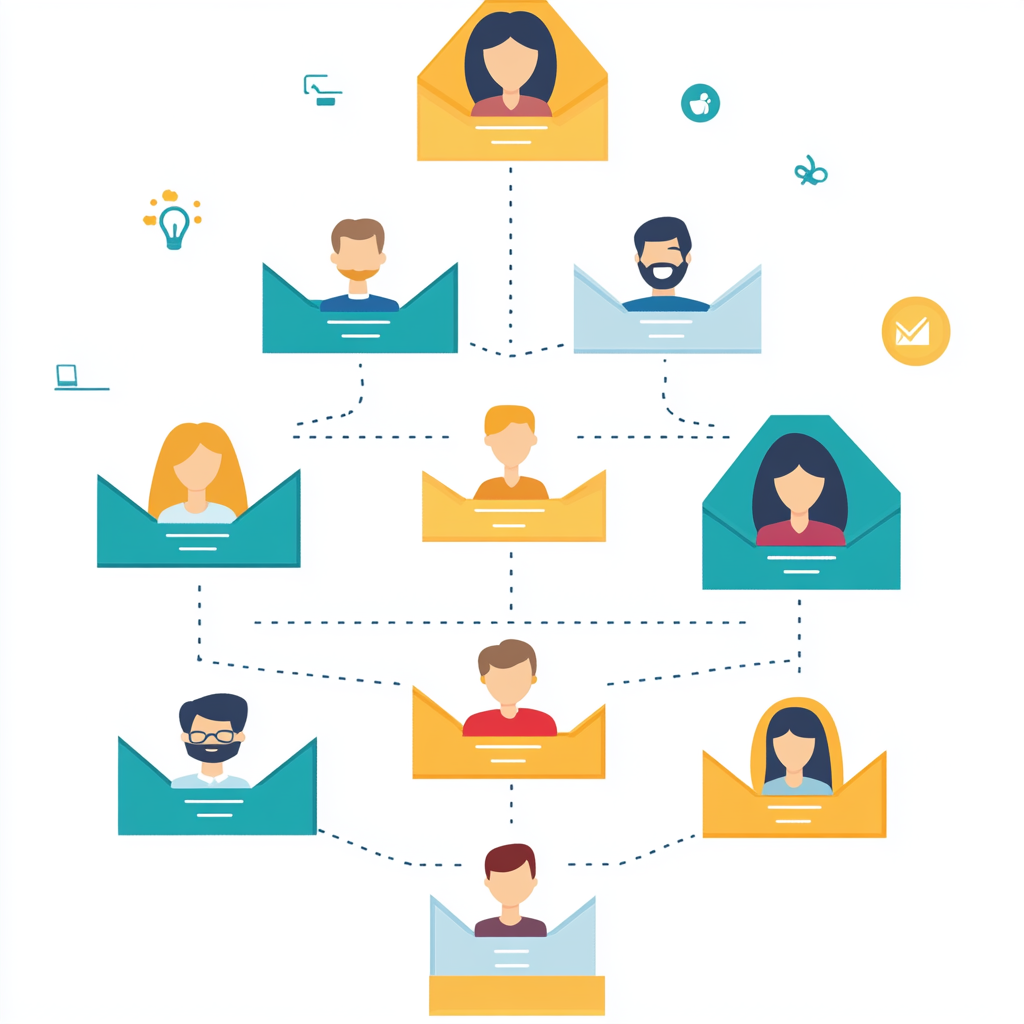

Segmenting your email list can transform your marketing efforts, making them more targeted and effective. In this guide, we’ll take you through five steps to help you identify email segmentation goals, choose segmentation criteria, gather data, apply segmentation to campaigns, and measure your results.
Email segmentation begins with a clear understanding of your goals. Do you want to improve open rates, boost engagement, or convert more leads into customers? These goals will shape how you approach segmentation.
Common goals include:
By defining these goals, you can create a more effective strategy that aligns with your overall marketing objectives.
Once your goals are clear, the next step is to choose the criteria you’ll use for segmentation. The most common methods include demographic data, user behavior, and past purchases. Here are a few segmentation criteria to consider:
These criteria allow you to craft personalized content that speaks directly to the recipient’s needs and interests.
After deciding your segmentation criteria, it’s time to gather the necessary data. This step is crucial because the more accurate your data, the better your segmentation.
Effective ways to gather data include:
Collecting this data helps ensure your email campaigns are well-targeted and effective.
With your data in hand, it’s time to segment your email list and apply it to your campaigns. This involves creating segmented groups based on the criteria you’ve chosen and crafting email content tailored specifically for each group.
Steps to apply segmentation:
Personalized and segmented emails have been shown to increase open rates and engagement compared to generic emails sent to your entire list.
Testing and measurement are vital to ensure your email segmentation strategy is working. By keeping track of key metrics, you can continuously optimize your campaigns.
How to measure success:
Testing various elements, such as subject lines and calls to action, across different segments can also help you fine-tune your strategy over time.
Parting thoughts, effective email segmentation can make all the difference in achieving your marketing goals. By identifying your goals, choosing the right criteria, gathering data, applying segmentation, and testing the results, you can create a personalized and impactful email marketing campaign that drives engagement and conversions.